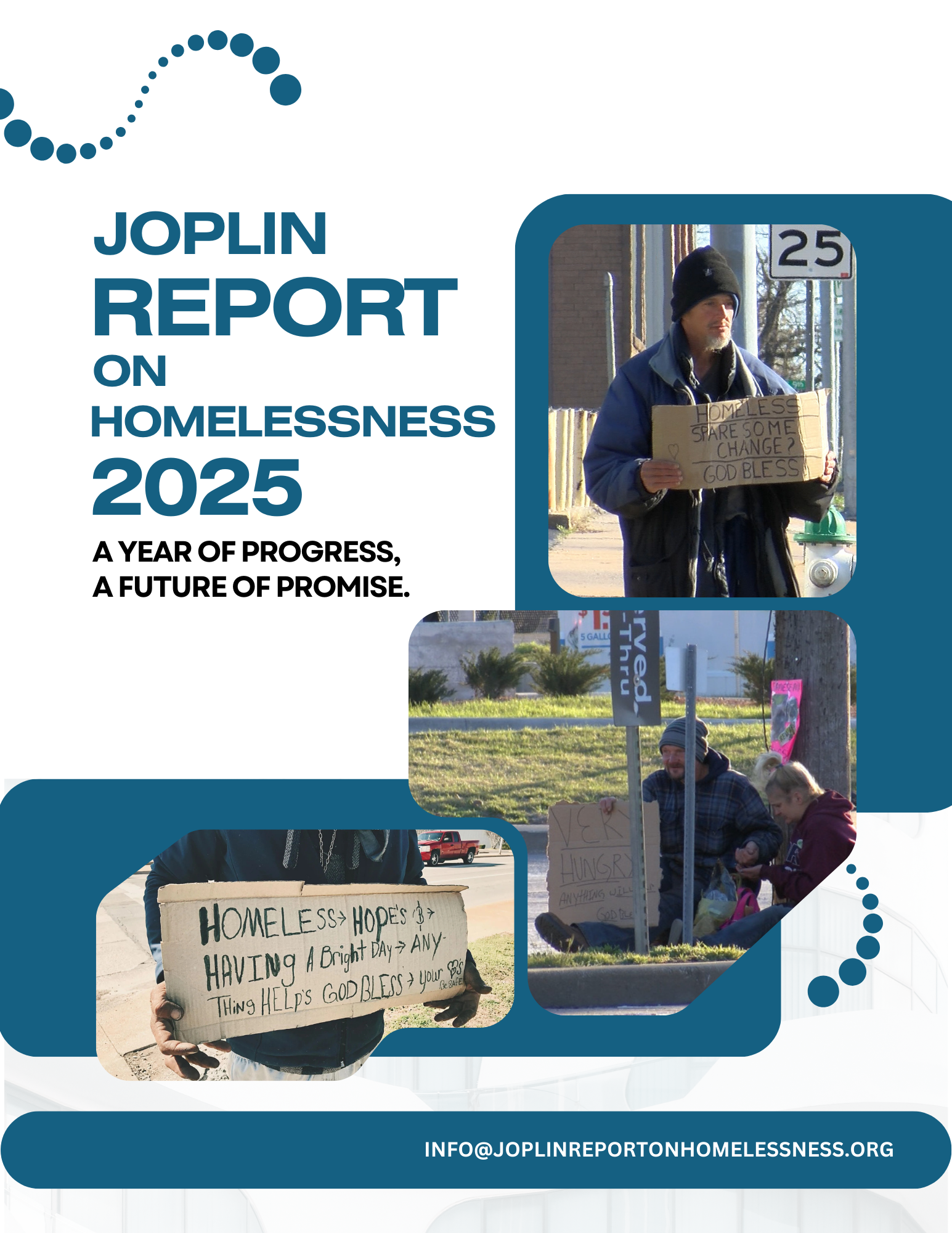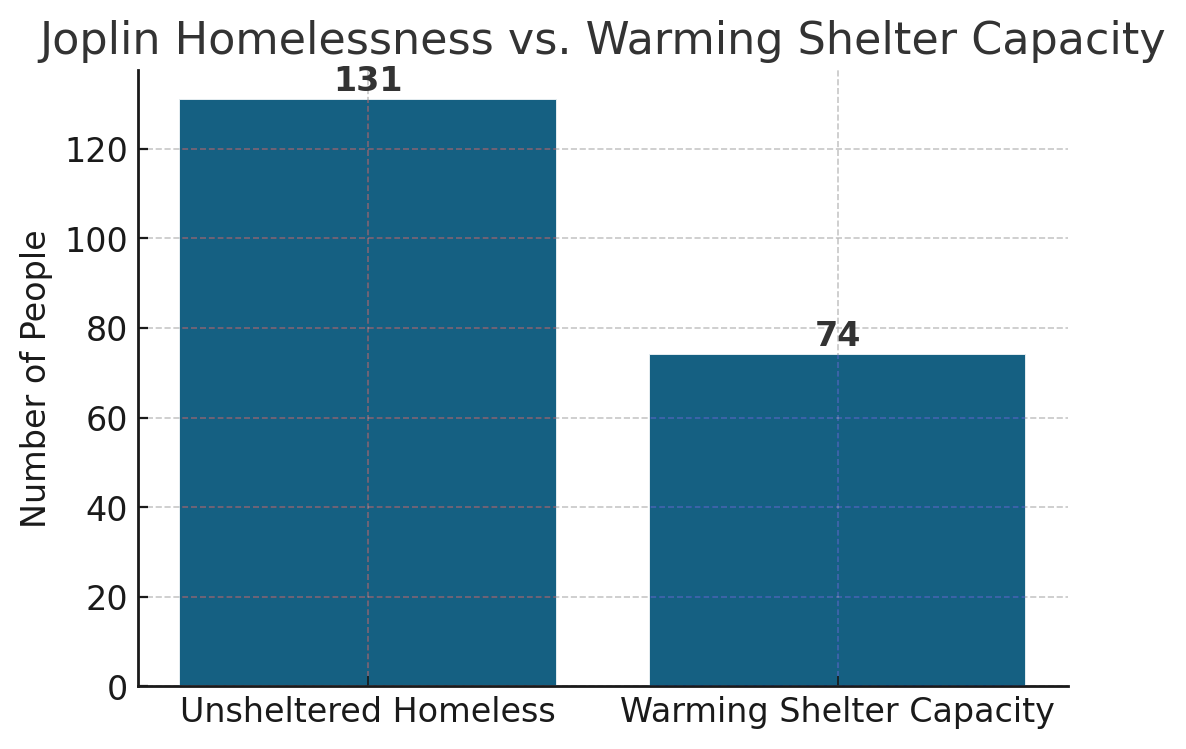
Homelessness is a complex and growing issue in Joplin, affecting individuals and families from all walks of life. While the causes of homelessness vary—ranging from economic hardship and lack of affordable housing to mental health challenges and systemic barriers—the consequences are shared by the entire community. As the number of individuals experiencing homelessness continues to rise, so does the demand for emergency services, shelter space, and long-term housing solutions. Without coordinated and sustainable action, Joplin risks facing an escalating crisis that impacts public safety, economic stability, and overall community well-being.
This report explores practical and sustainable solutions to address homelessness through strategic investments in public safety, emergency services, shelter expansion, and housing development. It examines how targeted interventions—such as law enforcement crisis response, eviction prevention, emergency shelter expansion, mental health and addiction services, workforce development, and large-scale affordable housing projects—can create a comprehensive and long-term approach to reducing homelessness in the region.
A critical component of this effort is ensuring accountability and efficiency in resource allocation. This report outlines strategies for coordinating law enforcement, emergency responders, social service providers, and community organizations to maximize impact. By implementing evidence-based approaches and fostering collaboration between public and private entities, Joplin can build a more stable, compassionate, and economically resilient community where individuals facing housing instability have clear pathways to stability and self-sufficiency.
This report provides a detailed analysis of homelessness in Joplin, its challenges, and the opportunities for meaningful change. Through careful planning and targeted investments, Joplin has the opportunity to strengthen public safety, expand critical services, and develop long-term housing solutions that benefit the entire community.

Warming Shelter Capacity vs Unsheltered Homelessness

%